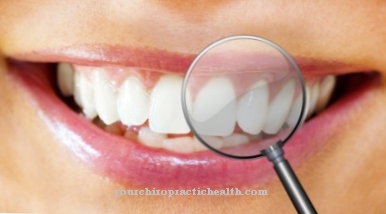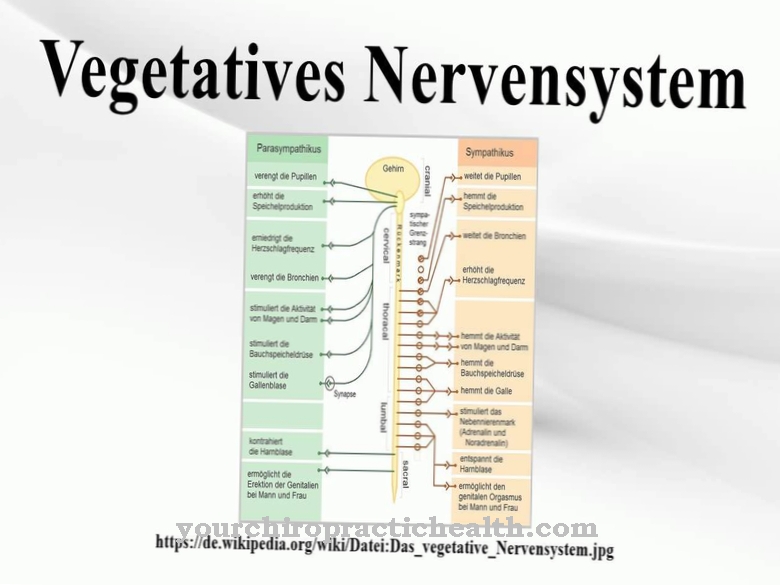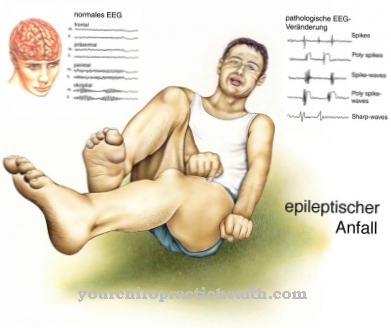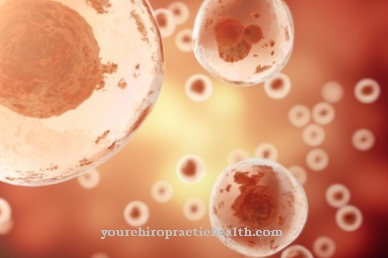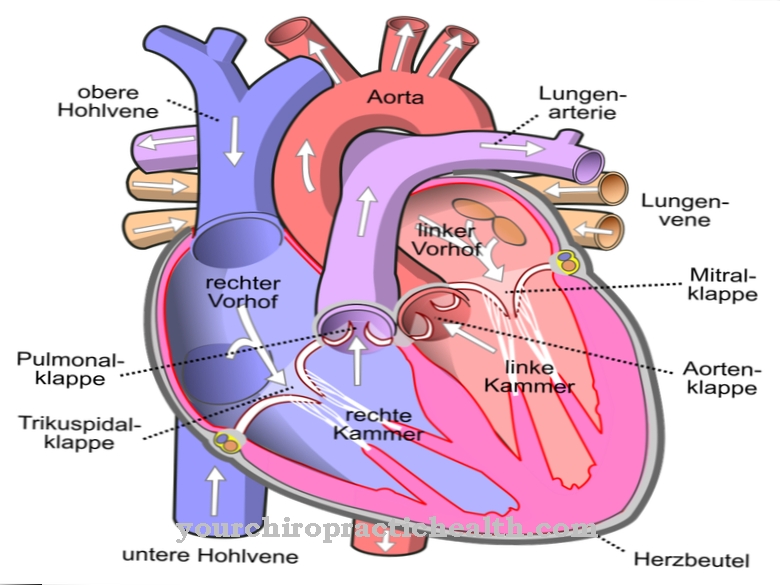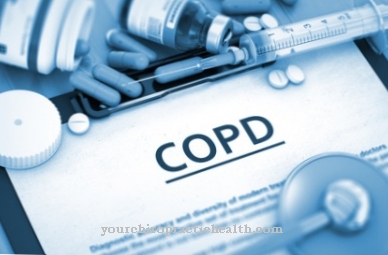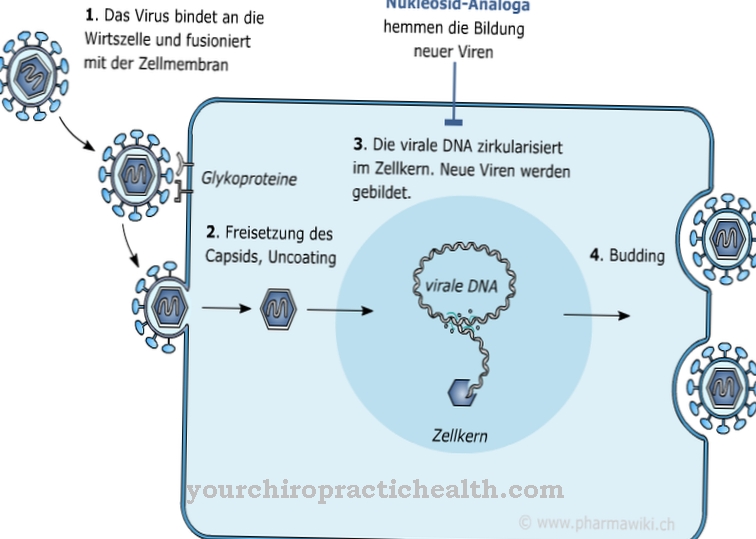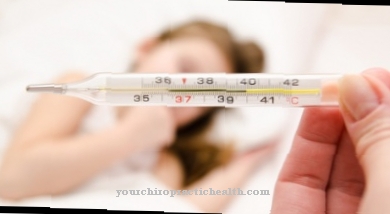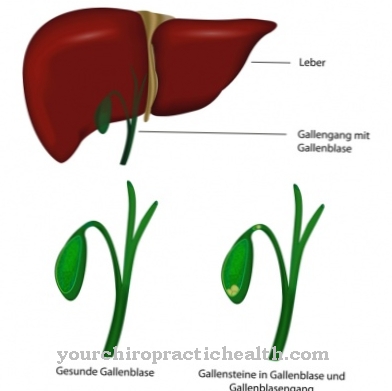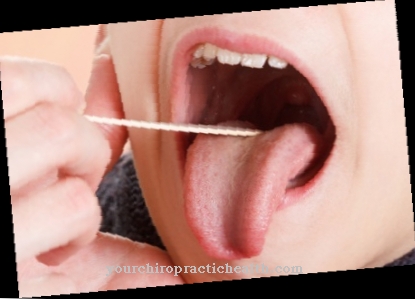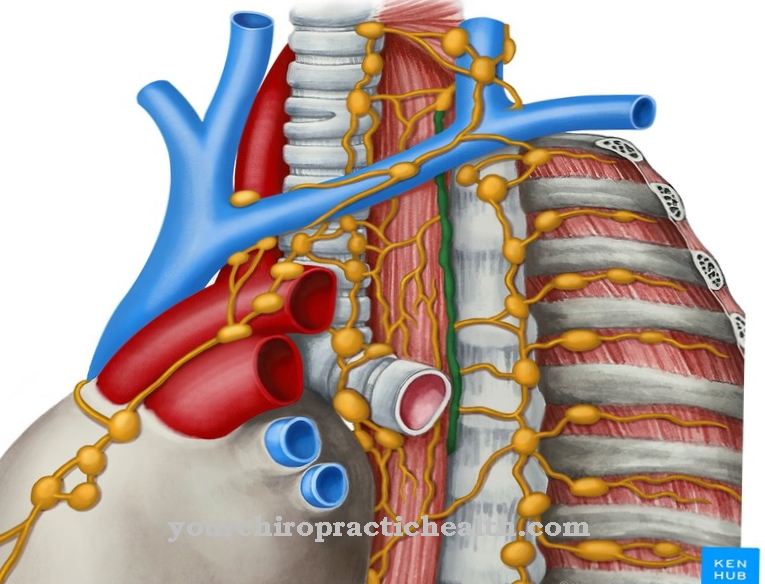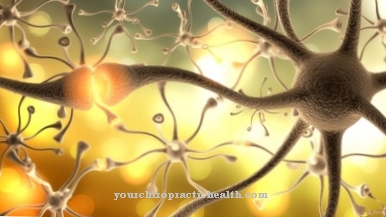In the autocrine secretion glands release messenger substances to the environment and take them up again through receptors. This process plays a role for immune reactions as well as for cell growth, differentiation and regeneration. Cancer is now associated with dysregulation in autocrine secretion.
What is the autocrine secretion?
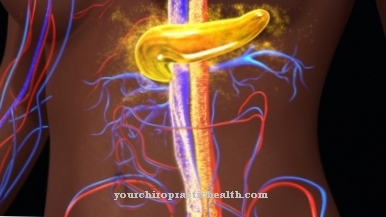
Autocrine secretion is one of numerous secretion mechanisms in the human body. A secretion is the product of a gland or gland-like cell and can perform various tasks. With autocrine secretion, the glands or gland-like cells release hormones or hormone-like substances into the environment, which they take up again themselves.
This process plays a role, for example, for the secretion of growth factors. These growth factors are proteins that influence cell development and, in the human organism, often act on the secreting gland cells themselves.
Every secretion is either endocrine or exocrine. Endocrine secretions are transported to the target cells via the blood. In contrast to endocrine secretion, blood does not serve as a transport medium for the substances produced in autocrine secretion. The effect of autocrine secretions is rather limited to the immediate environment, as is the case with paracrine secretion. This means that autocrine secretion is to be interpreted as a special case of paracrine secretion and is particularly relevant for growth factors.
Function & task
In the secretion mode of autocrine secretion, gland-like cells or glands release their secretion into the spaces between organs or tissues in the immediate vicinity. Autocrine glands are endowed with specific receptors that their own secretions bind to. In this way, the substances released act on the gland cells themselves.
The so-called ultrashort feedback mechanism is associated with this as a regulatory mechanism. The hormone released can, for example, inhibit its own release by binding to the glandular receptors. This mechanism corresponds to a control loop.
Numerous human cytokines and tissue hormones have an autocrine effect. In medicine, cytokines are regulatory proteins that play a role, for example, in controlling immune responses. In general, all hormones and cytokines are extracellular messenger substances and are designed to have an effect outside the donating cell.
An intracellular response as in the case of autocrine secretion can only be triggered if cellular proteins are applied as receptors in the membrane of the producing cells. These receptor proteins interact with the messenger substance. They are also called integral membrane proteins, cytoplasmic proteins, or core proteins. The interaction-related hormone-receptor complex stimulates the production of an intracellular signal molecule through signal transduction. Since the signal transduction takes place in multi-stage processes, we also speak of a signal cascade in this context.
The termination of the respective cell response to a hormonal stimulus is achieved by inactivating the signal molecules produced intracellularly. This process also refers to signal cancellation. In this way, hormones such as insulin act, for example, as autocrine secretions and show regulation patterns of the ultrashort feedback.
The mechanism of autocrine secretion thus regulates the hormonal balance in the broadest sense. Hormones are signal substances that trigger a biologically specific response in the cells. They thus serve to transmit information and, for example, fulfill irreplaceable important tasks in immunological information transmission. The autocrine gland cells organize the transmission of information, so to speak. In addition to receptors, they have their own downstream signal transmission system that triggers a signal-specific and cell-internal response. This answer is either a positive or a negative answer. In individual cases, for example, the sensitivity of the cells involved to other signals is increased.
The autocrine secretion also controls the differentiation processes of many tissues and cell types. It controls growth processes and plays a role both in embryogenesis and in the regeneration of tissues.
You can find your medication here
➔ Drugs against sweating and sweatingIllnesses & ailments
Diseases such as benign and malignant prostate changes can be related to dysregulation of autocrine secretion. The control of epithelial cell growth takes place via autocrine secretions as regulatory mechanisms. For example, the prostate cells are auto-stimulated by the fibroblast growth factor and the transforming growth factor.
Both growth factors are produced directly in the cells of the prostate and influence growth in different ways based on the androgen level. For example, the autocrine secretion triggers growth arrest or cell death. With excessive growth processes of the prostate, this regulatory process is disturbed or misdirected.
Because of these connections, autocrine secretion is of particular importance in cancer research. By controlling the growth of autocrine secretions, the growth of a tumor is largely independent of external factors. In order to successfully contain the growth of the tumor, an approach from the inside would be recommended. This approach from the inside corresponds to an inhibition of the autocrine growth factors that stimulate the growth of the tumor. The inhibition of autocrine growth factors can be achieved by administering monoclonal antibodies. This therapeutic approach is discussed in modern research as a promising treatment option for cancer.
Errors in the signal cascade of autocrine secretions are now suspected to be an important cause of all cancers. What causes such errors has not yet been conclusively clarified. Both genetic dispositions and environmental toxins can play an increased role in the dysregulation.



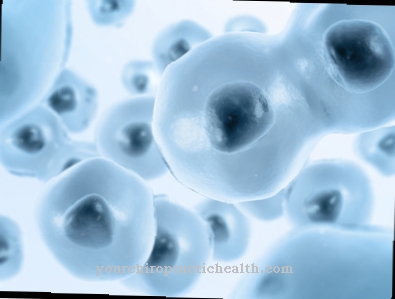
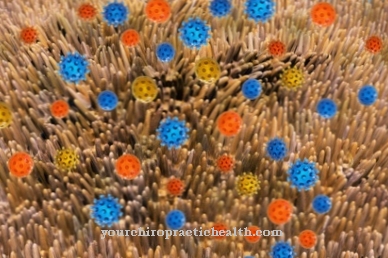
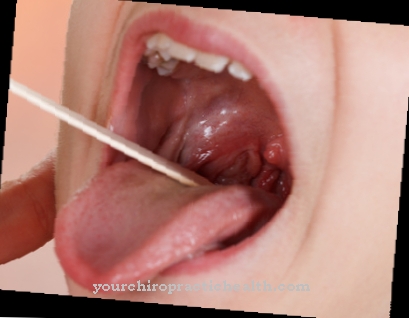
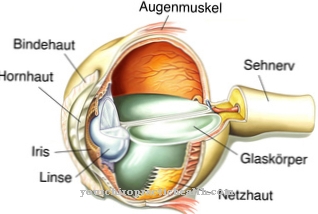

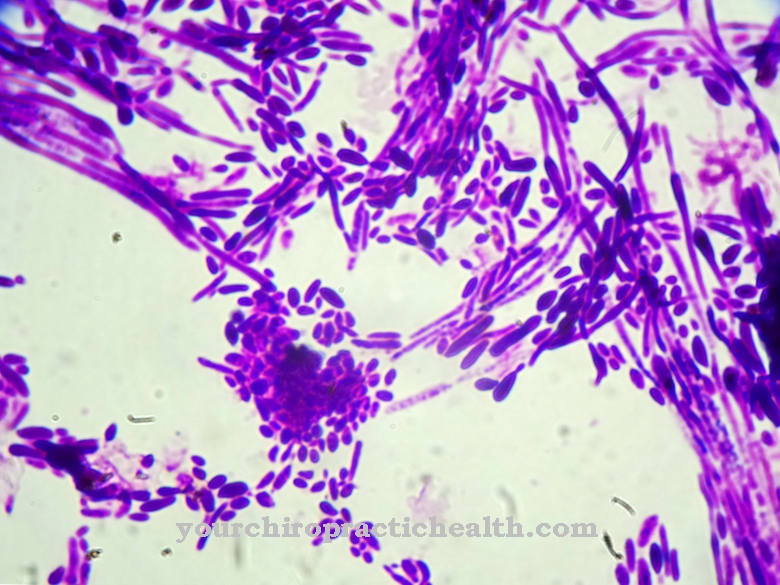
.jpg)
.jpg)

.jpg)
